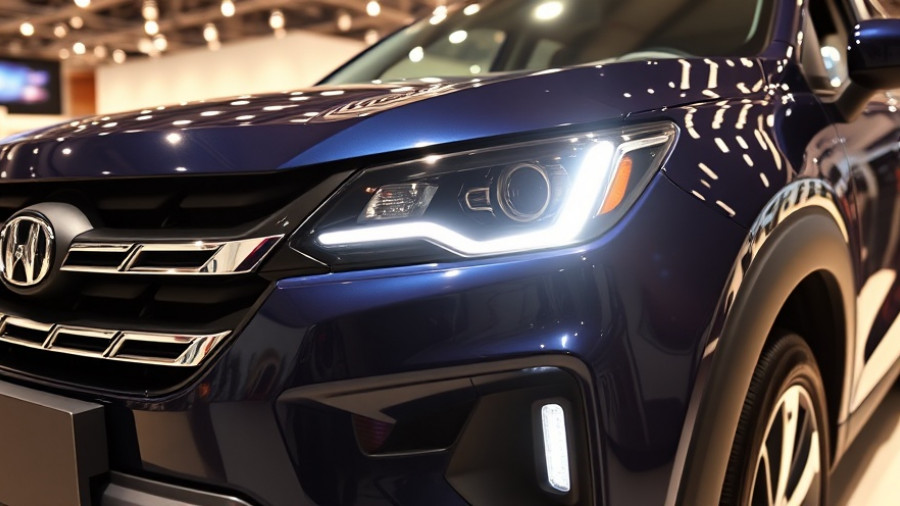
Road Rage: A Growing Epidemic on Our Streets
It’s a staggering reality: nearly every driver has engaged in some form of aggressive behavior behind the wheel in the past year, according to recent research by the AAA Foundation for Traffic Safety. With a shocking 96% admitting to incidents ranging from speeding to outright confrontations, road rage has shifted from an isolated issue to a disturbing norm. But what drives this behavior, and how can we foster a culture of better driving habits?
The Contagious Cycle of Aggressiveness
According to AAA, aggressive driving is more than just a personal choice; it’s contagious. Their studies indicate a 67% increase in cutting off other drivers and a 47% spike in honking out of anger since 2016. Although tailgating and yelling have seen decreases, the underlying culture of road rage persists. Modern distractions like touchscreen gadgets and texting only exacerbate this phenomenon, leading many drivers to a false sense of security due to improved safety features.
The Role of Vehicle Type and Gender
Interestingly, the type of vehicle you drive may play a significant role in how you behave on the road. Drivers of sports cars, large trucks, and even motorcycles report more aggressive tendencies. Furthermore, data suggests that gender and geography influence driving behavior, with male drivers often displaying more aggressive habits. Notoriously, cities like Boston have earned reputations as hotspots for road rage incidents.
Emphasizing Courtesy: A Simple Solution
Despite the grim statistics, Dr. David Yang, president of the AAA Foundation for Traffic Safety, insists that minor changes in behavior can significantly enhance road safety. Simple gestures like using turn signals, allowing others to merge, or giving a wave can help reduce tension. According to AAA, “there's potential for a more courteous driving culture, where road etiquette acts as a preventive measure against aggressive actions.”
Managing Your Reactions on the Road
It’s important to consider how to respond when faced with aggressive driving from others. AAA offers three practical tips: take a deep breath before reacting to lower stress, avoid eye contact or confrontation, and give yourself extra time to avoid feeling rushed. By adopting these strategies, drivers not only improve their own road experience but contribute to a safer environment for everyone.
The Bigger Picture: It Starts with Us
While every driver admits to lapses in patience and courtesy, the solution to rampant road rage lies within all of us. By promoting courteous driving behaviors and recognizing our own tendencies, we can slowly change the toxic driving culture that seems to have taken root. The next time you encounter an infuriating situation on the road, remember: sometimes, the most powerful reaction is no reaction at all.
 Add Row
Add Row  Add
Add 




Write A Comment